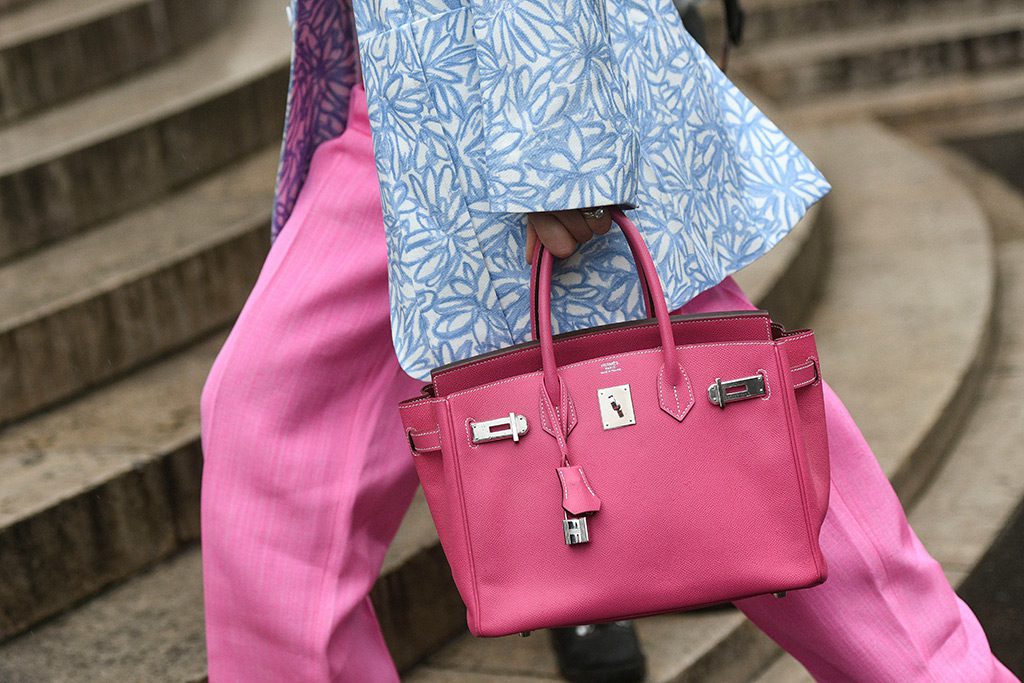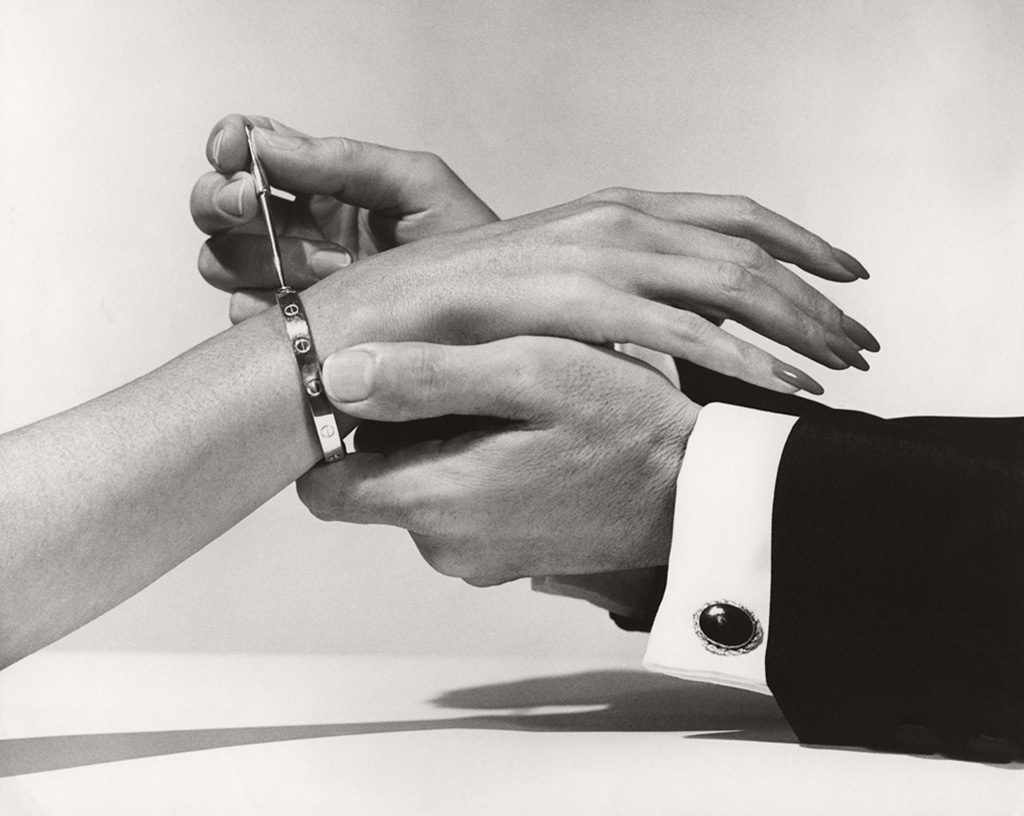In the luxury fashion scene, the Birkin bag by Hermès is a true symbol of elegance, craftsmanship and exclusivity. Since its creation in the 1980s, this bag has become a cult object for fashionistas and celebrities alike, continuing to maintain its appeal unchanged over time. In this article, we explore the history, craftsmanship and exclusivity of the Birkin bag and try to understand the secrets of its extraordinary success.
A story of chance encounters and inspiration
The birth of the Birkin bag dates back to 1981, when Jean-Louis Dumas, then executive director of Hermès, found himself sitting next to actress and singer Jane Birkin during a flight between Paris and London. In the course of the conversation, Birkin expressed to Dumas the difficulty of finding a handbag that was both practical and elegant. Dumas took up the challenge and, in 1984, presented Birkin with the bag that would become an icon, bearing her name and representing a symbol of luxury and timeless style.
Craftsmanship and attention to detail
The Birkin bag is the result of a careful selection of materials and unparalleled craftsmanship. This is why it takes the master craftsmen an average of 48 hours to complete each bag entirely by hand. The leather used, which can be crocodile, ostrich, calfskin or goatskin, is carefully chosen to guarantee maximum quality and resistance over time.
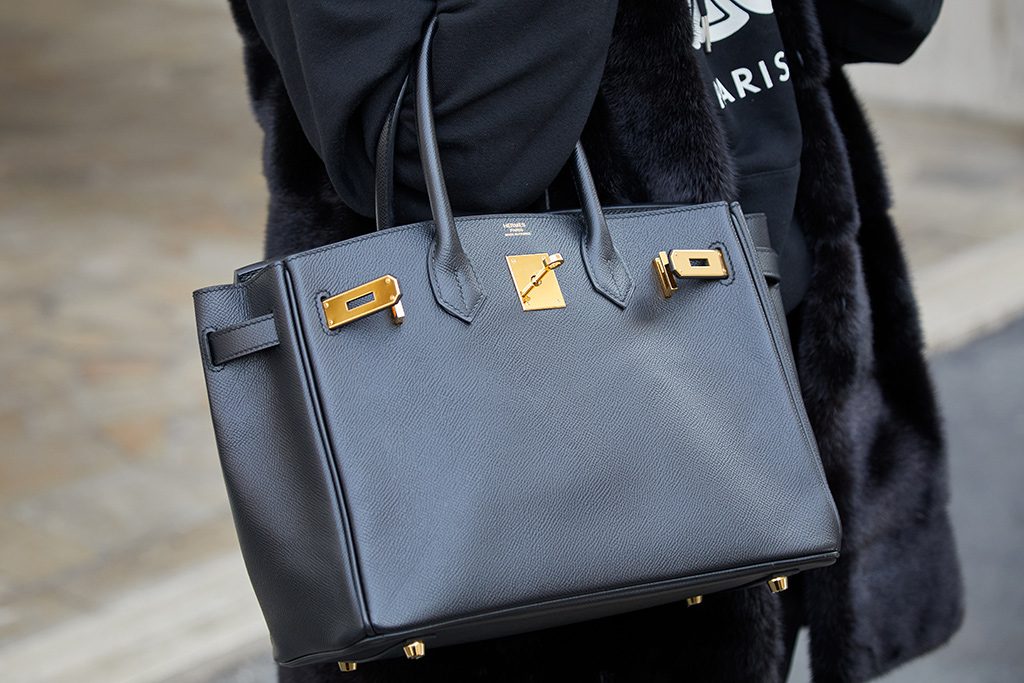
The seams, made by hand, are rendered almost invisible thanks to the skill of the craftsmen. The metal parts, on the other hand, such as buckles and locks, are plated with gold or palladium to ensure a stainless finish. In addition, each bag is customisable through the choice of colours, materials and initials to be engraved on the clasp.
Exclusivity and waiting list
The Birkin bag is synonymous with exclusivity. With a price tag that can range from €10,000 to €300,000, owning one is a privilege reserved for the few. Moreover, the purchase of a Birkin is not immediate: Hermès in fact imposes a waiting list that can last up to years, depending on availability and specific customer requests.
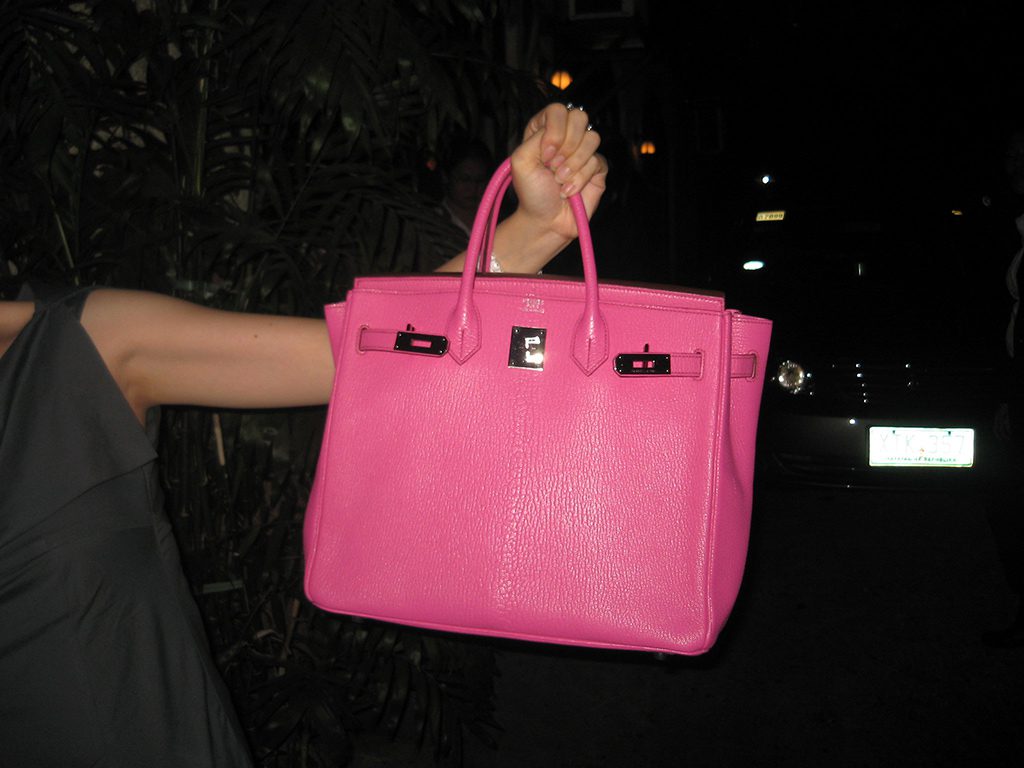
A style icon
The success of the Birkin bag is linked to its timeless design and its versatility. Its simple and functional shape suits any occasion, while the quality of the materials and the care taken in its manufacture make it a durable and valuable accessory. The Birkin bag is a status symbol and an object of desire for women all over the world, who see in it an icon of elegance.
The glamour of celebrities
Over the years, the Birkin bag has been associated with numerous celebrities, who have helped fuel the myth and legend surrounding this accessory. Figures such as Victoria Beckham, Kim Kardashian and Lady Gaga have often been photographed with their precious Birkin bags. This has increased the mass media interest in this bag.
A work of art beyond fashion
The Birkin bag has been able to transcend the simple concept of fashion to become awork of art. The craftsmanship and attention to detail make it a unique piece, able to withstand the passage of time and ephemeral trends. At this point, like a painting by a great master, the Birkin is appreciated for its beauty and its ability to evoke emotions.
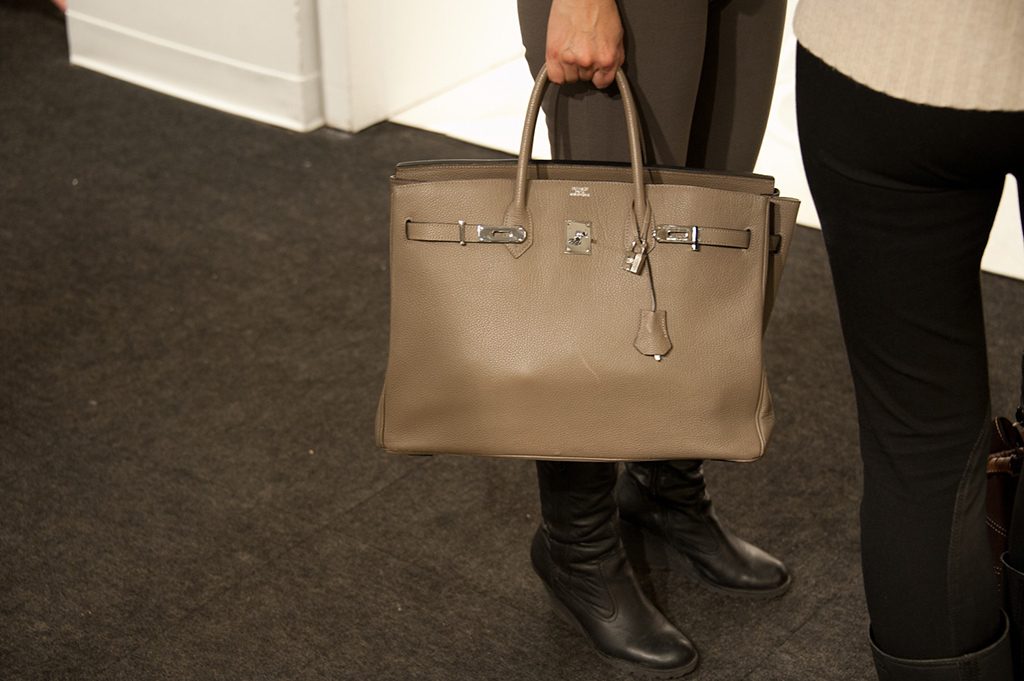
The value of craftsmanship in a world dominated by fast fashion
In an age when fast fashion dominates the market, the Birkin bag by Hermès testifies to the inestimable value ofart, passion and dedication to a job well done. The greatest value lies in the choice of making the bags exclusively by hand. Moreover, the use of only high-quality materials underlines an artisanal approach to the world of luxury fashion.
The Birkin bag by Hermès represents a benchmark in the world of luxury accessories, thanks to its history and the craftsmanship that is imbued in every detail. Its success is the result of a perfect combination of timeless design, quality materials and an aura of prestige.
The Birkin bag is a symbol of elegance and sophistication, an object of desire that manages to retain its appeal and value over time.
Nicole Vignola
@Stiledesign. Reproduction reserved
You might also be interested in:


